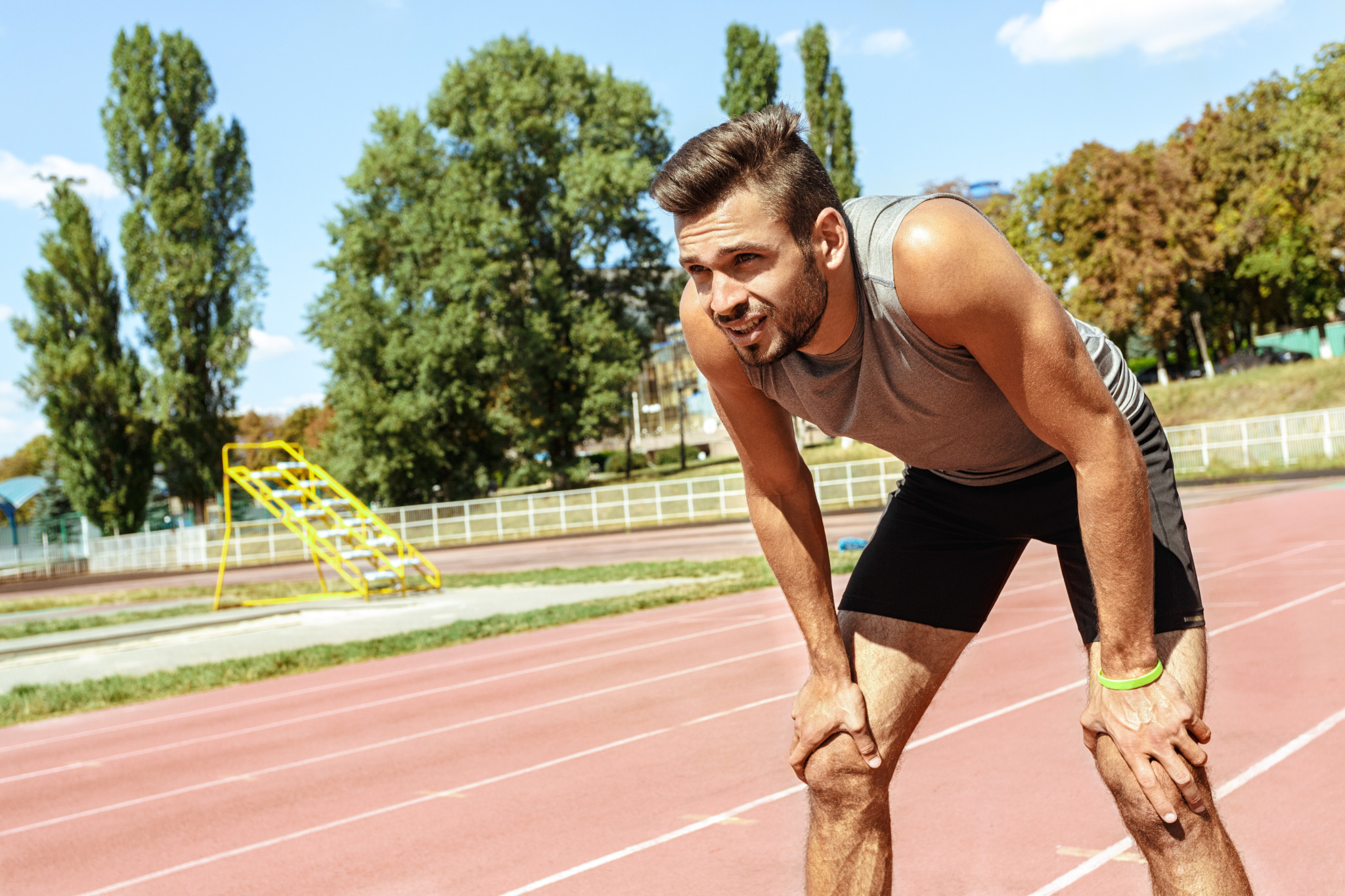News
15 June, 2025
Why breathing could be the key to enhanced performance
While many athletes focus on strength, speed, and endurance, few realize that improving the way they breathe can be a true game changer.

Proper breathing techniques not only enhance the efficiency of the respiratory system but also directly impact cardiovascular health, muscle oxygenation, and mental clarity—transforming how athletes perform, recover, and adapt to training.
Nose breathing, also known as functional breathing, is the most efficient way for athletes to breathe. The nose filters, warms, humidifies, and sterilizes air before it reaches the lungs, which strengthens immunity, boosts cognitive function, reduces stress, lowers heart rate and blood pressure, and improves sleep quality. Oxygen intake is also about 20% higher with nose breathing compared to mouth breathing.
In contrast, mouth breathing—or dysfunctional breathing—can hinder athletic performance. It causes the diaphragm to engage less, increasing energy expenditure and leading to fatigue. Mouth breathing is linked with higher stress levels, shortness of breath, and reduced endurance.
High-performance squash coach and former champion athlete Alexia Clonda emphasizes the crucial role proper breathing plays in optimizing athletic performance.
“Nose breathing optimizes oxygen delivery to your muscles by maintaining a balanced level of CO₂, which allows for more efficient oxygen release,” she explains. “It also lowers lactate buildup, enhances ventilatory efficiency, speeds recovery, and helps regulate heart rate and blood pressure, reducing post-exercise fatigue. Additionally, it supports better posture by engaging the diaphragm and core, reducing unnecessary energy loss.”
According to a recent National Geographic article, the average person takes around 22,000 breaths per day. Given this, proper breathing is vital—especially for athletes who rely on their breathing for improved performance, endurance, and recovery.

